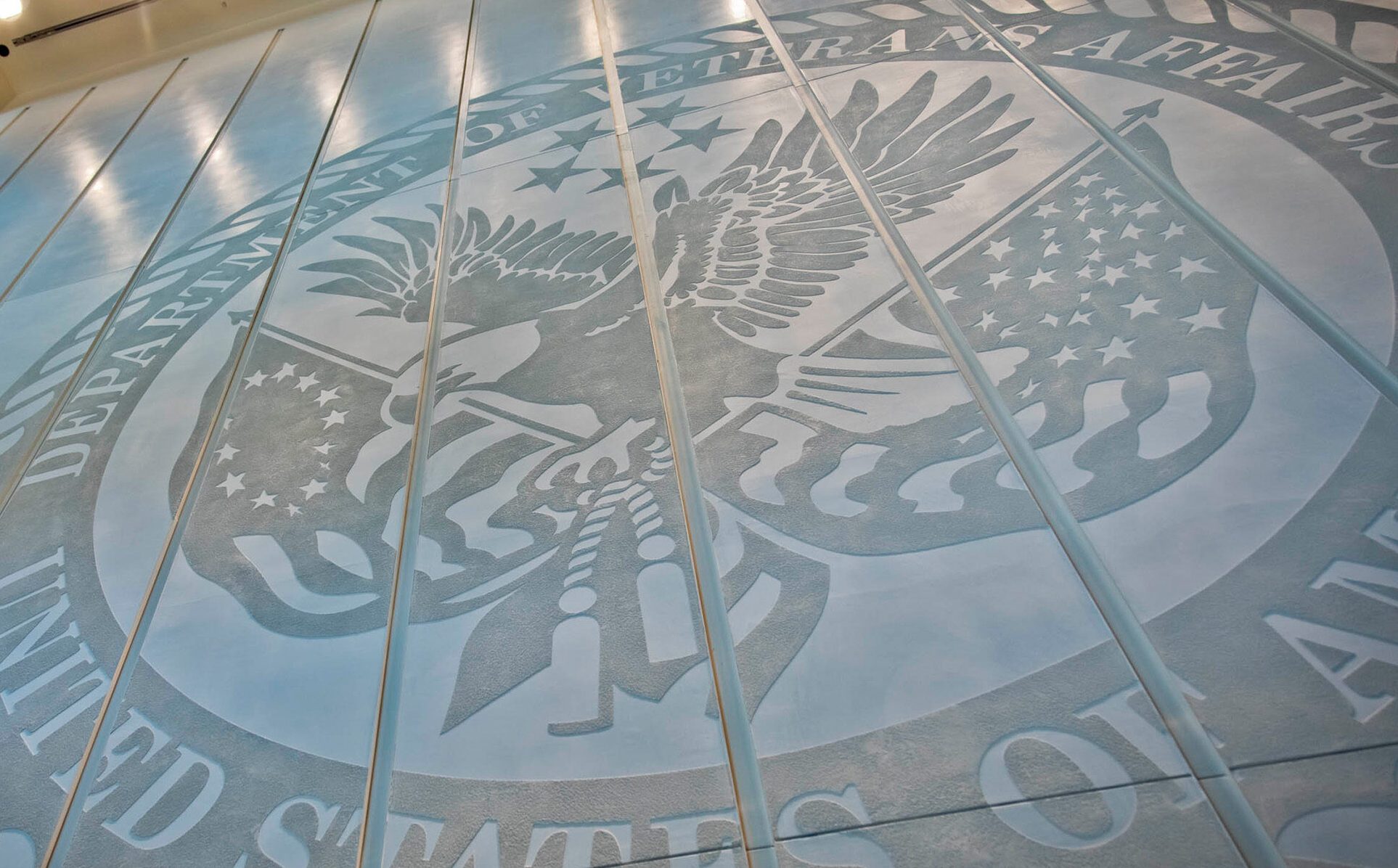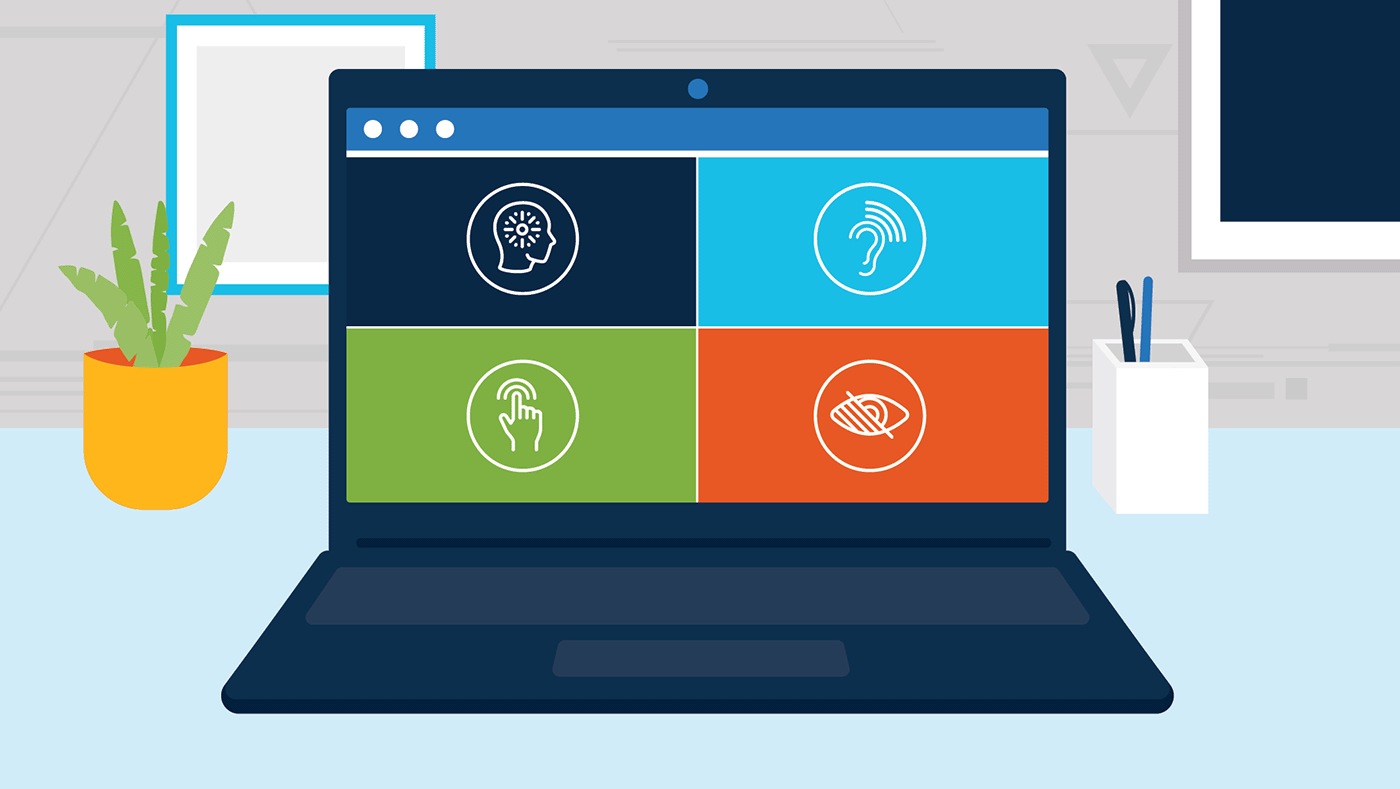Appears In
Within days of the Department of Veterans Affairs (VA) rapid adjustment of technology infrastructure in response to the novel coronavirus (COVID-19) health emergency, hundreds of Veterans Benefits Administration (VBA) claims processers were able to safely work from home, ensuring uninterrupted delivery of critical benefits and services for Veterans.
In response to their efforts going above and beyond, VA’s Office of Information and Technology (OIT) IT Specialists received a hearty thanks from personnel and leaders at VBA’s Buffalo New York regional office. A digital “Thank You” card signed by dozens of Buffalo VBA personnel expressing their robust appreciation for OIT’s dedication, was sent to Jack Galvin, Associate Deputy Assistant Secretary of VA OIT, IT Operations and Services (ITOPS).
“Always good to get a golden nugget of positive feedback,” said Mr. Galvin, in reference to the digital “Thank You” card that VBA personnel and contractors sent. OIT’s successful transitioning of more than 600 personnel and contractors in Western New York state to secure telework environments as part of VA’s COVID-19 mobilization is one example of how we’re working shoulder-to-shoulder to meet VBA’s needs.
The seamless transition of hundreds of Buffalo VBA workers from in-office systems to a secure, reliable, remote capability is only a snapshot of the full spectrum of OIT’s early VA-wide systems pivot that began in mid-March. For thousands of VBA workers nationwide, the high-quality performance of IT Specialists drove exceptional results amid challenging circumstances: record numbers of Veterans claims were successfully processed during the same week in which VA’s major data and digital systems were undergoing COVID-19 related stress tests and other emergency service-delivery measures.
For example, in March across all of VBA’s national regional offices (RO), including processing centers in western New York state where the Buffalo RO is located, OIT not only kept IT infrastructure running smoothly during the ramp-up for COVID-19 systems adjustment and stress testing, but enabled claims processers to exceed average monthly productivity returns:
- Monday, March 16, 2020: 6,840
- Tuesday, March 17, 2020: 7,014
- Wednesday, March 18, 2020: 7,272
- Thursday, March 19, 2020: 6,897
OIT not only facilitated expansion of telework capabilities for VBA in Buffalo, but across the enterprise. The rapid pace at which OIT expanded telework capabilities enabled seamless operations for VA personnel delivering critical services to Veterans as the coronavirus pandemic emergency widened.
OIT Telework Expansion by the numbers amidst COVID-19:
| Increased VA Remote Capacity | Impact |
|---|---|
| 140,000 to 240,000 | Doubled RESCUE VPN capacity for remote VA laptops |
| 16,000 to 20,000 | Optimized Citrix capacity for remote access via their own PCs |
| 1,700 to 7,600 | More than quadrupled virtual servers to support telework |
| 135,000 to 157,000 | Commenced Issue of laptops to VA staff |
| 62,000 to 100,000 | Commenced Issue of mobile devices to VA staff |
OIT’s expert service delivery amid the COVID-19 systems stress-tests and other challenging conditions vividly represent VA’s focus on fulfilling Secretary Wilkie’s promise to Veterans: Delivering secure, timely, reliable customer service every day.






